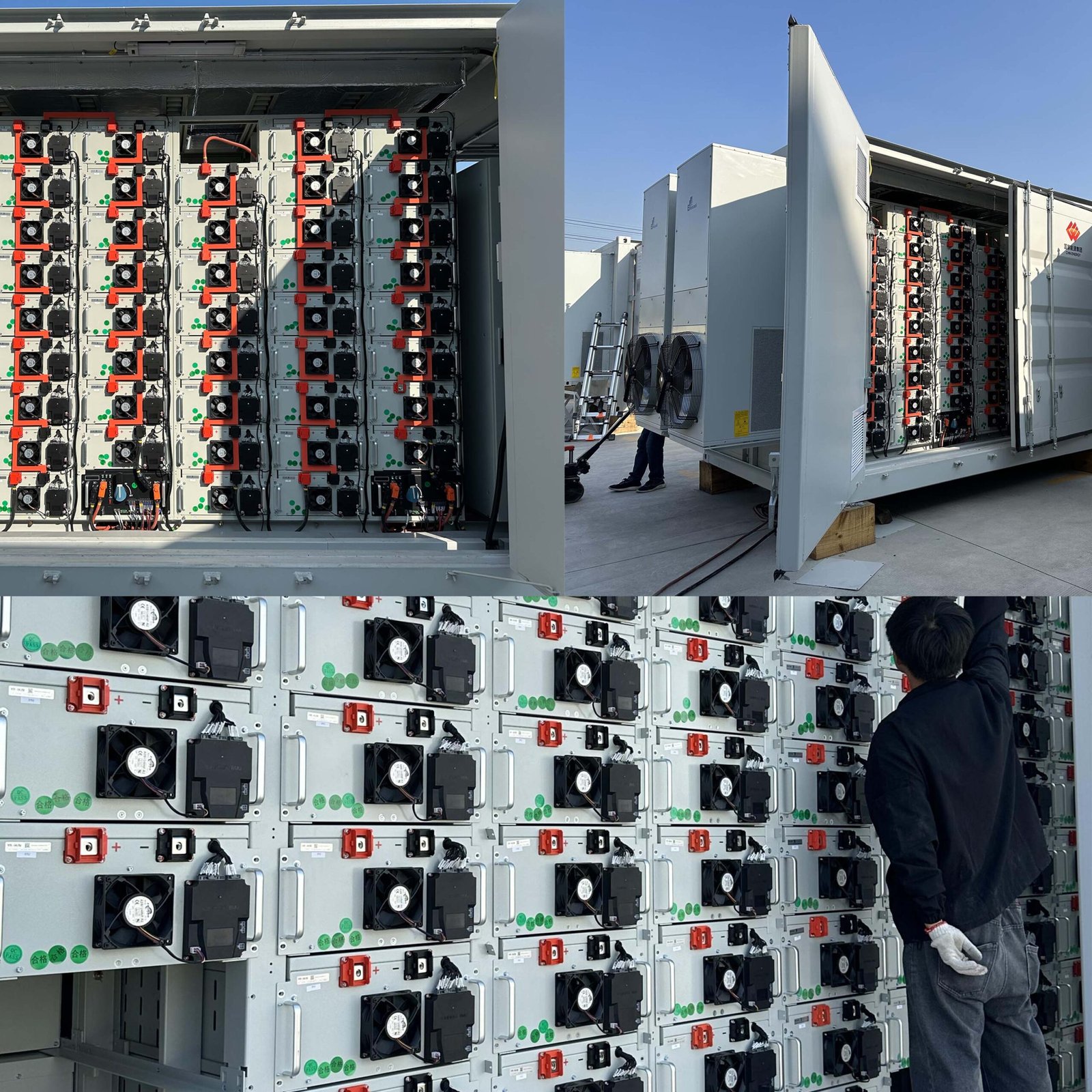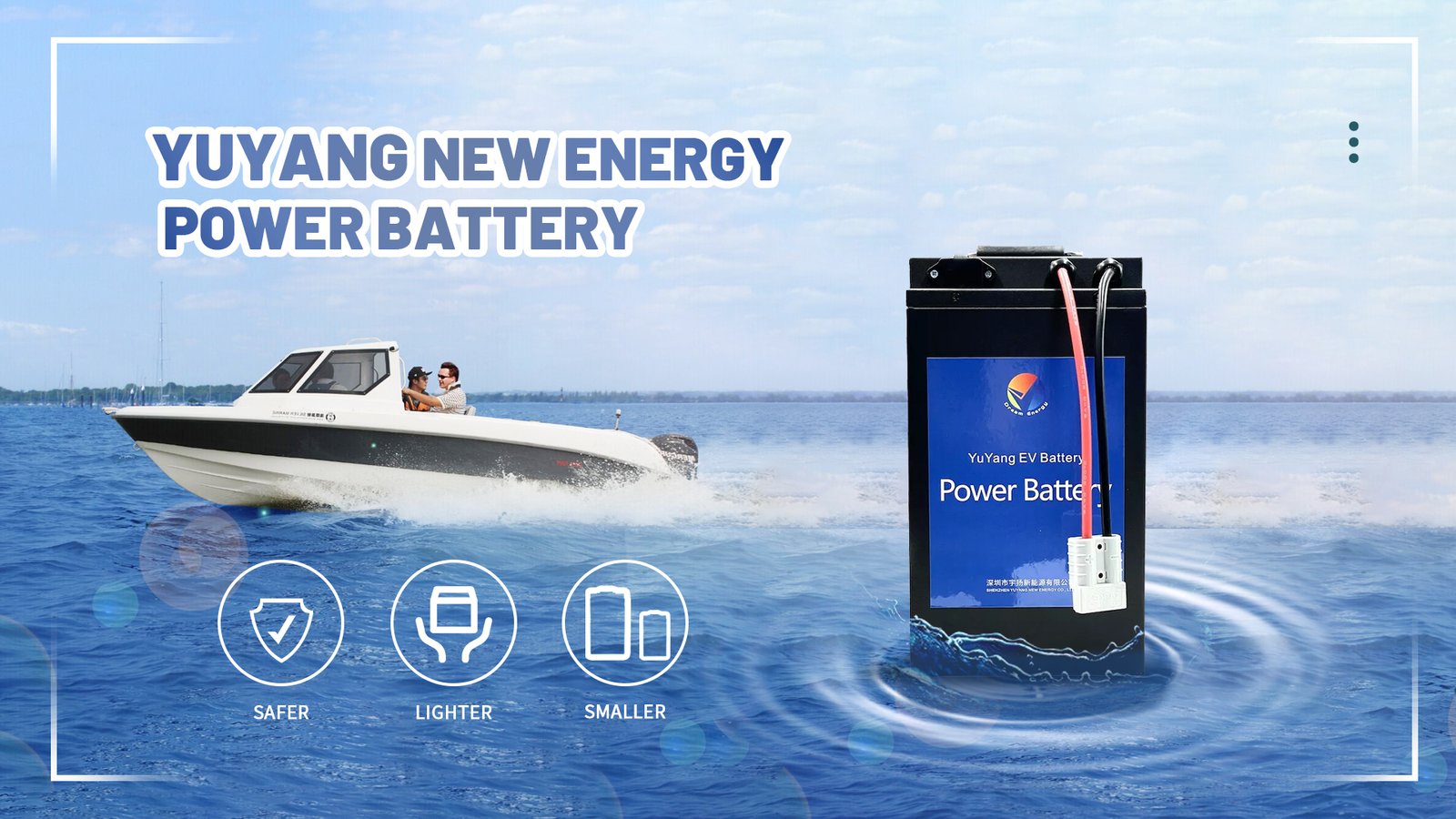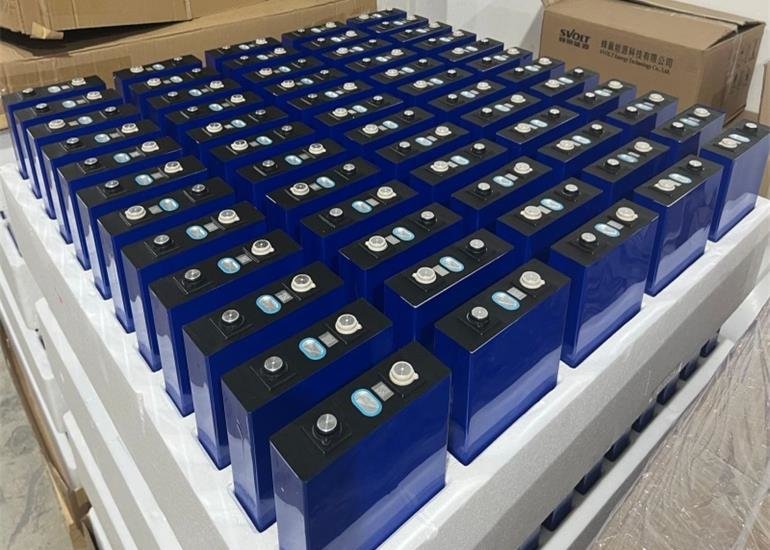In today’s rapid changes in energy supply and storage, the need for efficient energy storage solutions in the industrial and commercial sectors is becoming increasingly important. The 215KWH industrial and commercial energy storage system has attracted widespread attention, and its breakthrough energy storage capacity provides reliable power support for industrial and commercial users. This article will introduce the characteristics of the 215KWH industrial and commercial energy storage system and explore its application prospects in renewable energy integration, grid stability and energy cost control.
1. Characteristics of 215KWH industrial and commercial energy storage system
The characteristics of the 215KWH industrial and commercial energy storage system mainly include: high energy density, large capacity reserve, sustainable charge and discharge, safety, fast response time, etc. These characteristics enable 215KWH to meet the needs of industrial and commercial users for continuous, reliable and efficient energy storage.
2. Renewable energy integration
With the continuous development and application of renewable energy, industrial and commercial users’ demand for the integration and utilization of renewable energy is also increasing. The 215KWH industrial and commercial energy storage system can balance the energy of renewable energy during high load periods or low production periods by storing and releasing electricity to achieve stability and controllability of power supply. This helps reduce reliance on traditional energy sources and improve energy efficiency.
3. Enhanced power grid stability
The introduction of 215KWH industrial and commercial energy storage systems has a positive impact on the stability of the power grid. It can store and release electricity to provide emergency backup power when the grid is overloaded or the power supply is interrupted. This helps balance grid loads, avoid power fluctuations, and improve grid reliability and stability.
4. Energy cost control Energy costs have always been a major concern for industrial and commercial users.
The 215KWH industrial and commercial energy storage system can utilize low-cost or renewable energy for charging during working days or peak hours of electricity consumption, thereby reducing energy costs through reasonable dispatching of power supply and reserves. At the same time, reserve energy can be used to replace expensive power purchases when power demand is low. This flexibility in energy cost control provides users with room for improvement in economic benefits.







